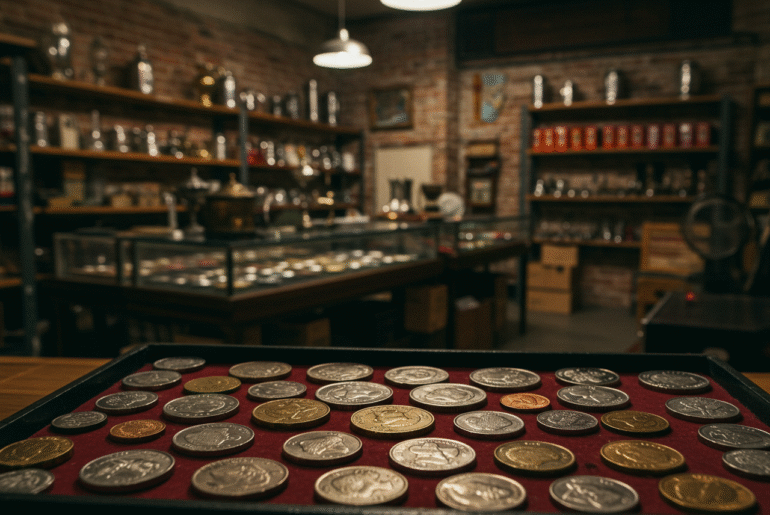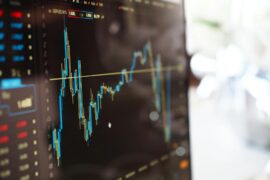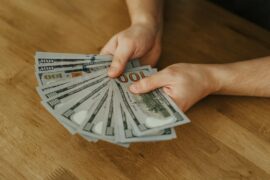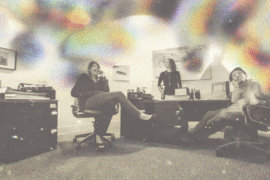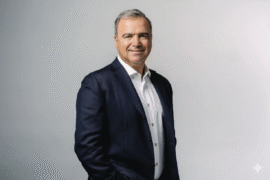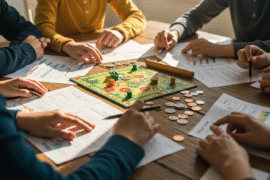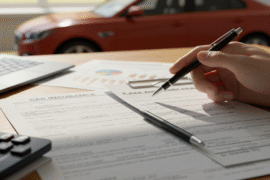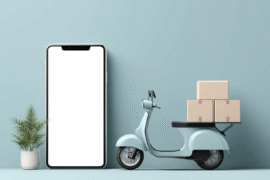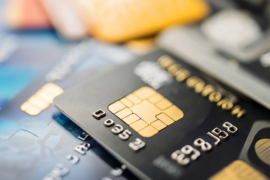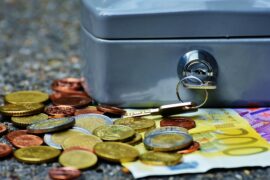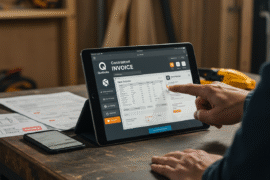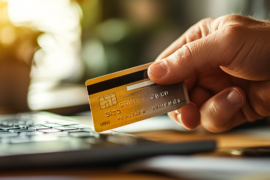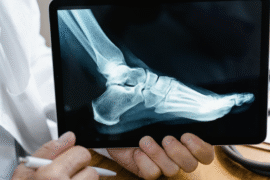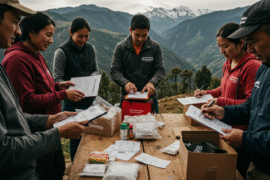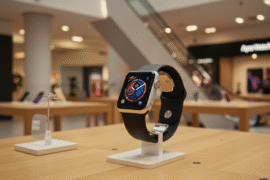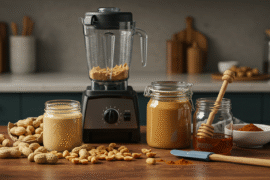This article may contain references to products or services from one or more of our advertisers or partners. We may receive compensation when you click on links to those products or services. Nonetheless, our opinions are our own.
The information presented in this article is accurate to the best of our knowledge at the time of publication. However, information is subject to change, and no guarantees are made about the continued accuracy or completeness of this content after its publication date.
- Hidden Treasures in Your Pocket
- Why Coin Rarity Increases Value
- Valuable Coins You Might Already Own
- Coin Care and Storage Tips
- Where and How to Sell Valuable Coins
- Advancing Your Coin Collecting Hobby
- Coin Grading and Certification
- A Brief History of Coin Collecting
- Frequently Asked Questions
- What are some common coins that might be worth more than face value?
- How can I identify valuable coins in my pocket change?
- Are there specific mint marks to look for?
- What should I do if I find a valuable coin?
- Are recent coins worth collecting?
- What about foreign coins?
- How should I store my valuable coins?
- Where can I sell or trade coins?
- Is it common to overlook valuable coins?
- Any tips for new collectors?
- Final Thoughts on Coin Collecting
- Recommended Reads
As you sort through loose change, you might stumble across coins with values far beyond what’s printed on them. It’s not just about metal: it’s about rarity, condition, and collector demand. Here are a few coins worth watching for:
- 1955 Doubled Die Penny: Known for its dramatic doubling on the date and lettering, this is a top collector favorite.
- 1937-D Three-Legged Buffalo Nickel: This rare minting error occurred during polishing, creating a three-legged bison.
- 1950-D Jefferson Nickel: One of the lowest mintage nickels in its series.
- 2004-D Wisconsin State Quarter: Look for the “Extra Leaf” variety (High or Low), which significantly increases its value.
Why Coin Rarity Increases Value
Not all coins are created equal. Rarity is one of the biggest drivers of collector value, influenced by:
- Scarcity: Lower mintages often mean higher value.
- Condition: Coins in mint or uncirculated condition command premium prices.
- Historical Significance: Coins tied to historic events tend to appreciate in value.
- Collector Demand: Popular coins in active demand sell quickly at higher prices.
| Coin Type | Estimated Value | Rarity Factor |
|---|---|---|
| 1943 Copper Penny | $85,000+ | Very Rare |
| 1964 Kennedy Half Dollar | $12+ | Common |
| 1955 Doubled Die Penny | $1,800+ | Rare |
Valuable Coins You Might Already Own
Your pocket change or inherited coin jar might hold more than meets the eye. Here are characteristics to watch for:
- Mint Marks: Letters like “D” (Denver) or “S” (San Francisco) can boost value.
- Condition: Avoid cleaning; coins in pristine condition are worth more.
- Year of Issue: Certain years are known for errors or limited mintages.
- Design Errors or Variations: Coins with misprints are highly collectible.
| Coin | Key Features | Estimated Value |
|---|---|---|
| 1955 Penny | Rare doubled die | $1,000+ |
| 1964 Quarter | 90% silver | $10+ |
| 1970-S Penny | Small date variety | $0.50+ |
| 2000 Sacagawea Dollar | Gold tone, promotional run | $5+ |
Coin Care and Storage Tips
Preserving your coins correctly helps retain and sometimes increase their value. Follow these best practices:
- Handle Edges Only: Oils from your fingers can damage surfaces.
- Use Coin Holders or Capsules: Keeps air and moisture out.
- Never Use Abrasive Cleaners: Cleaning can reduce coin value.
- Store in a Dry Environment: Avoid extreme temperatures or humidity.
| Storage Method | Pros | Cons |
|---|---|---|
| Coin Capsules | Excellent protection, clear view | Can be costly for large collections |
| Coin Flips | Affordable, lightweight | Less protection against environmental damage |
| Coin Albums | Great for organization | Moderate protection, harder to access individual coins |
Voted "Best Overall Budgeting App" by Forbes and WSJ
Monarch Money helps you budget, track spending, set goals, and plan your financial future—all in one app.
Get 50% OFF your first year with code MONARCHVIP
Where and How to Sell Valuable Coins
When you’re ready to sell, the right venue can help you get top dollar. Timing, condition, and coin type matter most.
- Local Coin Shops: Best for fast appraisals and building a rapport.
- Online Marketplaces: Platforms like eBay can offer competitive bidding.
- Coin Shows: Great for networking and in-person offers.
- Auction Houses: Ideal for high-value or rare pieces.
| Factor | Description |
|---|---|
| Condition | Higher grades sell for more |
| Rarity | Scarcity raises collector value |
| Demand | Hot coins fetch top prices |
| Historical Importance | Stories add emotional and monetary value |
Advancing Your Coin Collecting Hobby
If you’re expanding your collection, here are more coins to keep an eye out for:
- 1937-D Three-Legged Buffalo Nickel
- 1969-S Doubled The Lincoln Penny
- 2004 Wisconsin Quarter (Extra Leaf)
- 1982-D Small Date Lincoln Penny
| Coin Type | Estimated Value |
|---|---|
| 1937-D Three-Legged Nickel | $3,000+ |
| 1969-S Lincoln Penny | $1,500+ |
| 2004 Wisconsin Quarter (Extra Leaf) | $100+ |
| 1982-D Small Date Lincoln Penny | $300+ |
Coin Grading and Certification
Certified coins are trusted more by collectors and often sell at higher premiums. Services like PCGS and NGC provide:
- Authentication: Verifies the coin’s origin and legitimacy.
- Grading: Based on a 1–70 scale; higher scores mean better preservation.
- Encapsulation: Sealed for long-term storage and resale protection.
A Brief History of Coin Collecting
Coin collecting began in ancient Greece and gained prominence during the Renaissance when scholars and aristocrats sought rare coins for historical and artistic value. Today, collectors range from history buffs and hobbyists to serious investors.
Why People Collect Coins
Every collector has a reason:
- Completing Series: Finding all coins in a set or year.
- Historical Interest: Preserving tangible pieces of history.
- Investment Goals: Seeking appreciation over time.
- Hobby Enjoyment: The thrill of discovery and learning.
Frequently Asked Questions
What are some common coins that might be worth more than face value?
Examples include the 1943 copper penny, 1955 doubled die penny, and 1937-D three-legged nickel. These coins are rare due to minting errors or limited production.
How can I identify valuable coins in my pocket change?
Look for unusual dates, mint marks, or visible design differences. Use an online coin price guide or reference book to check values.
Are there specific mint marks to look for?
Yes. “S” (San Francisco) and “D” (Denver) are key. Coins with no mint mark can sometimes be rare depending on the year and type.
What should I do if I find a valuable coin?
Do not clean it. Store it safely and have it appraised by a reputable dealer or submit it for grading.
Are recent coins worth collecting?
Yes. Some modern coins with minting errors or special editions (like the 2004 Wisconsin quarter) are already considered collectible.
What about foreign coins?
Rare foreign coins, especially older or low-mintage ones, can also carry high value among collectors.
How should I store my valuable coins?
Use coin capsules, flips, or albums. Keep them in a dry, cool place to avoid corrosion or damage.
Where can I sell or trade coins?
Try local dealers, coin shows, or auction sites like eBay. Research market values first to avoid underselling.
Is it common to overlook valuable coins?
Yes. Many people unknowingly spend coins that could be worth much more. Knowing what to look for is key.
Any tips for new collectors?
Start small. Learn through books, online guides, and joining coin clubs. Build your knowledge before making large purchases.
Final Thoughts on Coin Collecting
Coin collecting is a rewarding hobby that can uncover history, provide financial gain, and spark lifelong interest. Whether you’re saving silver quarters, searching for minting errors, or just exploring your spare change, the potential for discovery is always there. Stay curious, keep learning, and enjoy the hunt!

Reviewed and edited by Albert Fang.
See a typo or want to suggest an edit/revision to the content? Use the contact us form to provide feedback.
At FangWallet, we value editorial integrity and open collaboration in curating quality content for readers to enjoy. Much appreciated for the assist.
Did you like our article and find it insightful? We encourage sharing the article link with family and friends to benefit as well - better yet, sharing on social media. Thank you for the support! 🍉
Article Title: How to Find Valuable Coins in Your Pocket Change
https://fangwallet.com/2025/07/24/how-to-find-valuable-coins-in-your-pocket-change/The FangWallet Promise
FangWallet is an editorially independent resource - founded on breaking down challenging financial concepts for anyone to understand since 2014. While we adhere to editorial integrity, note that this post may contain references to products from our partners.
The FangWallet promise is always to have your best interest in mind and be transparent and honest about the financial picture.
Become an Insider

Subscribe to get a free daily budget planner printable to help get your money on track!
Make passive money the right way. No spam.
Editorial Disclaimer: The editorial content on this page is not provided by any of the companies mentioned. The opinions expressed here are the author's alone.
The content of this website is for informational purposes only and does not represent investment advice, or an offer or solicitation to buy or sell any security, investment, or product. Investors are encouraged to do their own due diligence, and, if necessary, consult professional advising before making any investment decisions. Investing involves a high degree of risk, and financial losses may occur including the potential loss of principal.
Source Citation References:
+ Inspo
There are no additional citations or references to note for this article at this time.
